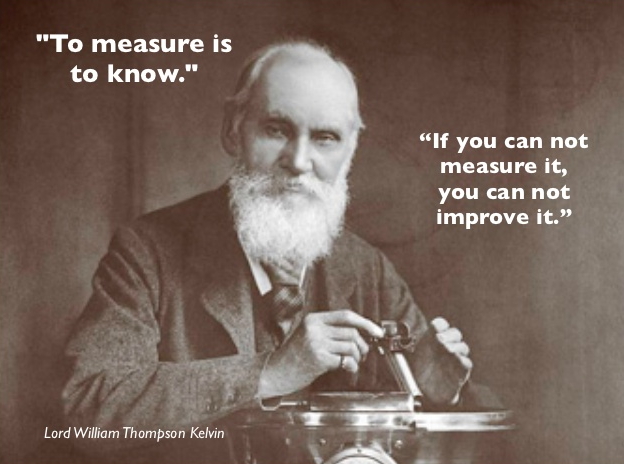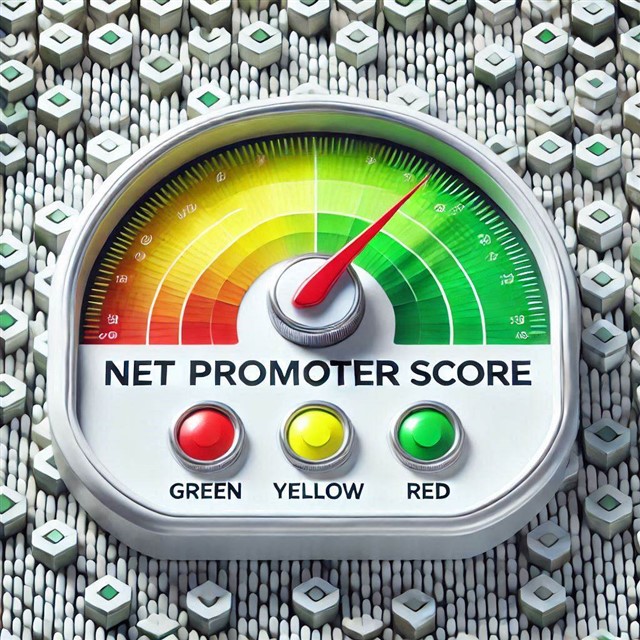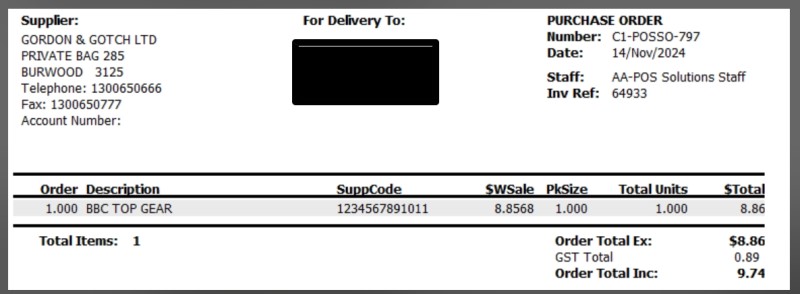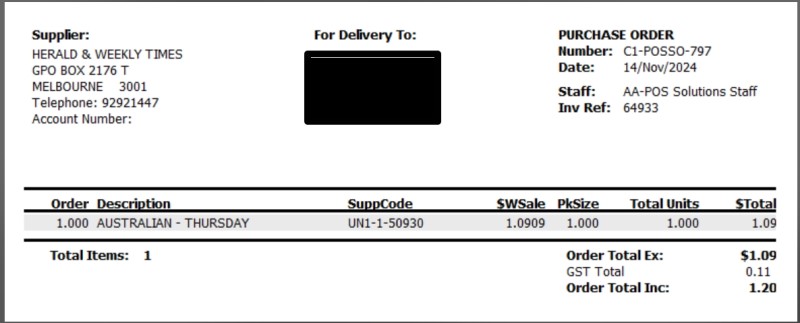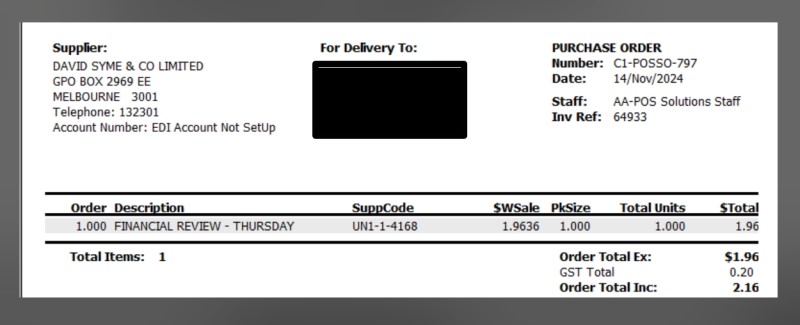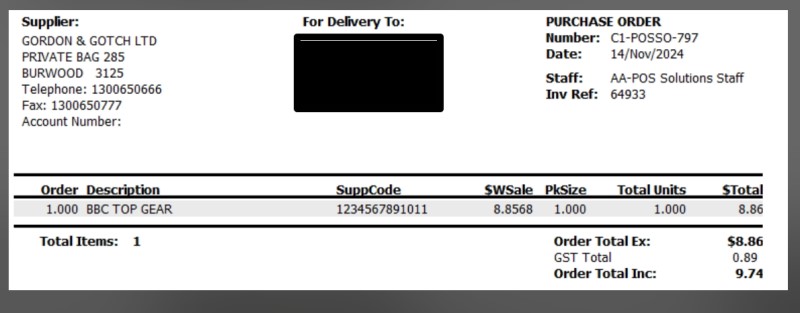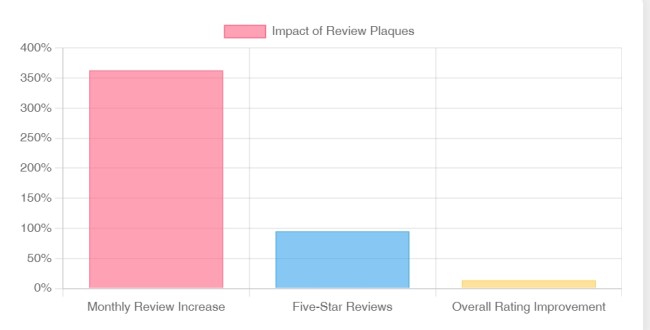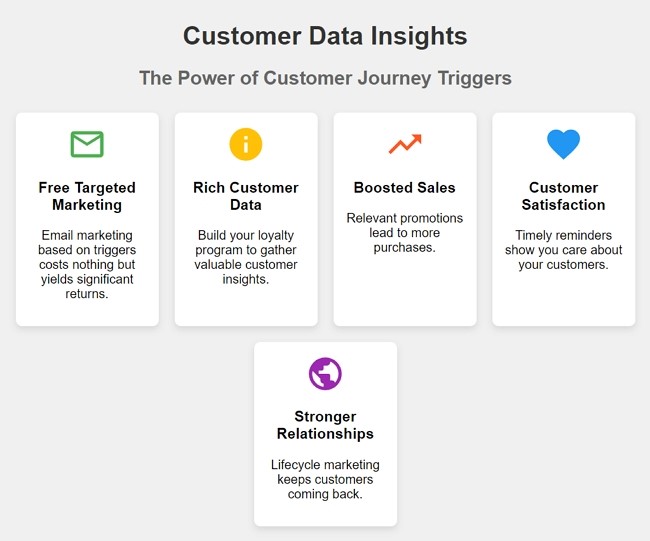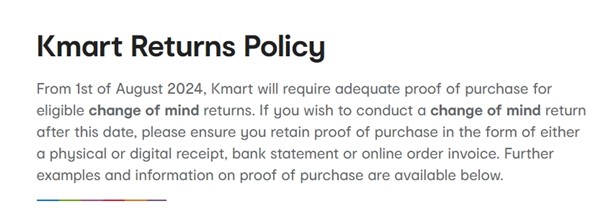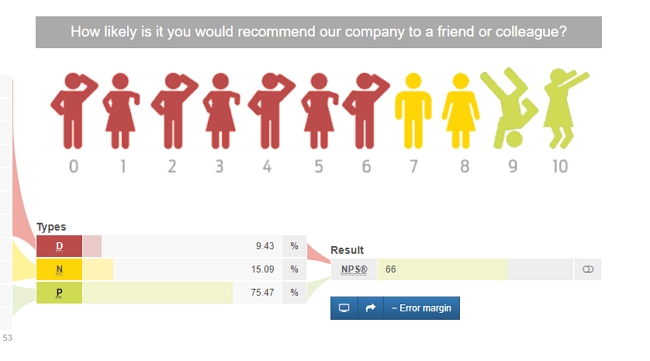Product bundling
Product bundling is probably the most successful and standard marketing tool in business today. Ours is one of the few retail packages that does it really well, I have noticed. So please follow the logic and the solution below.
You go to buy a a cable TV plan. It will have a set of channels and access to some loyalty club, all for one price. Another example would be going to a restaurant and getting a special price if you buy a set menu. In both cases, if you add up the items, you will find it cheaper to take the bundle.
From the business point of view, the fact is that you were unlikely to pay for six (6) news channels. Once they sell you on one, the rest is a bonus. Few would buy a full meal at a restaurant, so they package a few high-margin items, sell them at a low price, and give you a bit of a discount, so you buy more. Both are classic examples of product bundling.
Where it often works well in retail is to take a hot seller and pair it with an item that isn't selling well, so you intend to discount it to get rid of it, then put the two items together and make a bundle at a special price. What you often find is that you can sell more as a result of the hot sellers and get a better price for the lousy seller together than you could obtain individually.
Try it out. I think you will find it's a lot better an idea than discounting.
You will find it one of the most effective ways to generate traffic in your shop and generate sales.
Here is where you do it. In this example, one ordinary Father's Day card was used to sell four good sellers in one bundle.
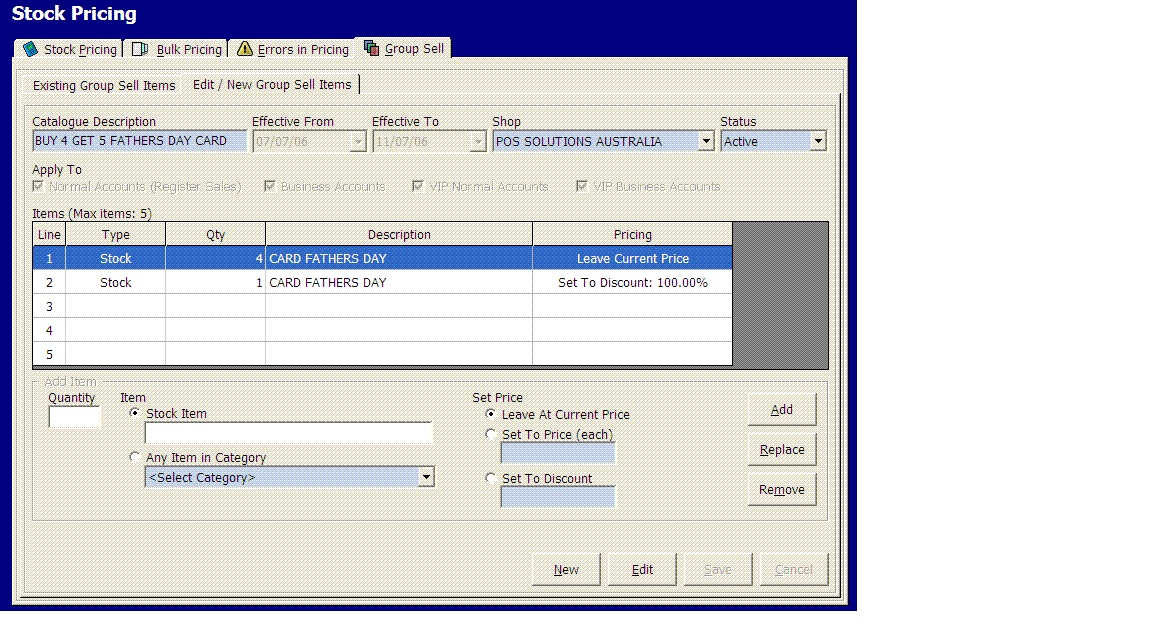
Bundling several products into one package is a great retail strategy. It works well because customers see it as good value, which prompts them to spend more than they originally intended. For businesses, this tactic isn’t just about providing discounts; it’s also a smart way to control inventory and boost profits.
The real magic occurs when you combine a best-selling item with an older, slower-moving product. For example, if you have a popular book that sells quickly and a related magazine that isn't moving well, instead of cutting its price, you can bundle it with the bestseller. This way, you're not only selling the hot item but also moving the less popular one without significant losses. Customers tend to focus on the overall value of the package rather than individual prices. This simple strategy has helped some businesses increase their average sale amount by 20-30%.
There are several strategies to consider. Why not create exclusive bundles, such as a "new parent" kit? It could include a parenting book and a small toy, sold as a bundle. Then, offering your customers the option to buy items separately or as a discounted bundle. This encourages bundle sales. You can test products with different categories. Pairing a popular novel with a toy to get them to explore new products.
Bundles are especially incredible for holidays and seasons. Christmas 2025 is just around the corner. You could start thinking about gourmet hampers that mix books with chocolates or family activity boxes with board games and snacks. And don't forget the "build your own" bundle. Letting customers pick any three books for a set price, for instance, gives them a sense of control and personalisation that people really appreciate.
You don't have to guess what to bundle, either. Your own sales system is probably sitting on a goldmine of information. By looking at your sales reports, you can see what products people are already buying together. Suppose you notice that customers often buy a specific magazine whenever they pick up a particular genre of book. In that case, you’ve got a ready-made bundle idea that's already backed by real behaviour.
A modern point-of-sale system can make this all seamless, allowing your staff to process a bundle with a single scan while automatically updating inventory and pricing.
Written by:

Bernard Zimmermann is the founding director of POS Solutions, a leading point-of-sale system company with 45 years of industry experience, now retired and seeking new opportunities. He consults with various organisations, from small businesses to large retailers and government institutions. Bernard is passionate about helping companies optimise their operations through innovative POS technology and enabling seamless customer experiences through effective software solutions.


